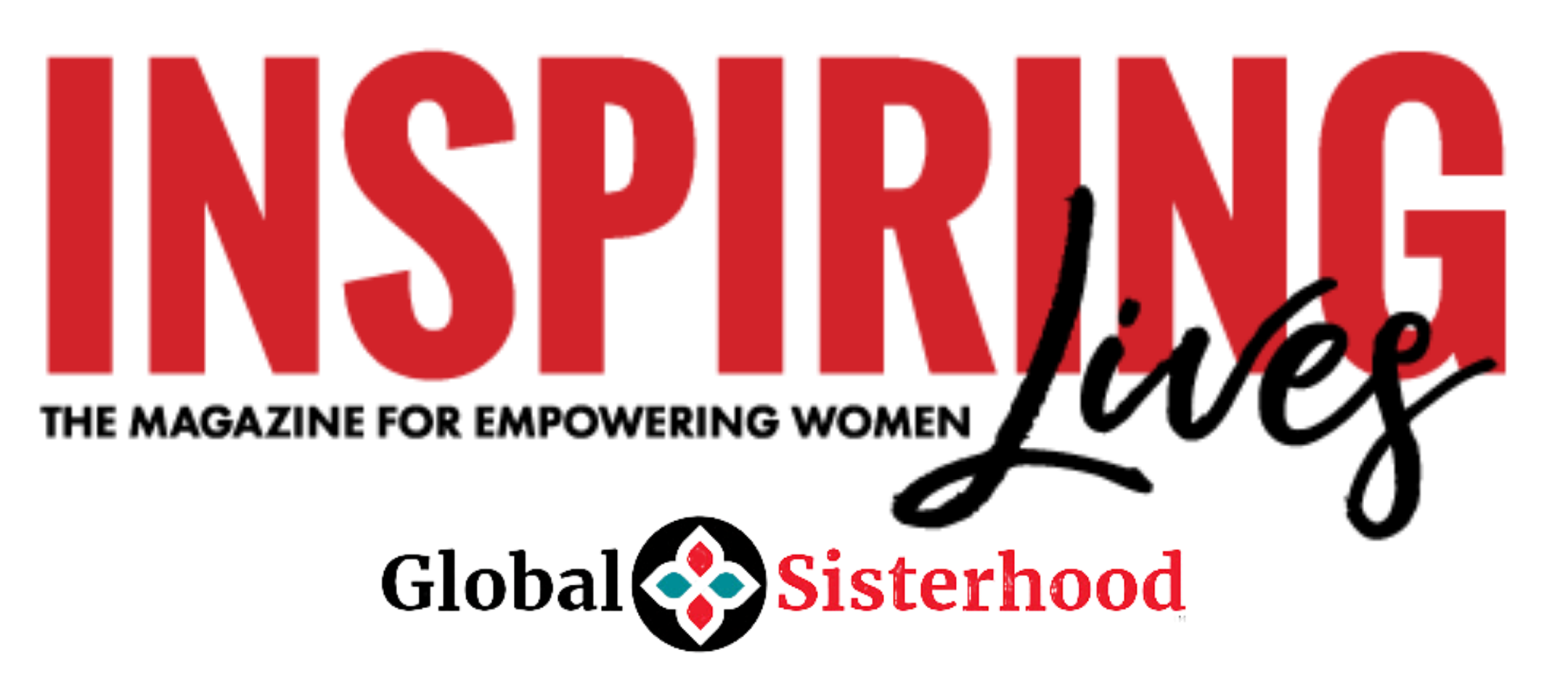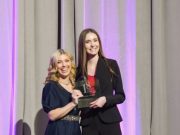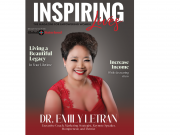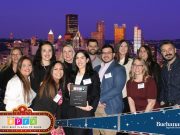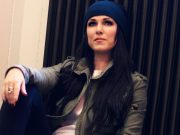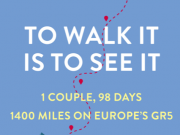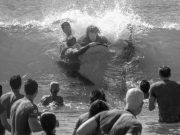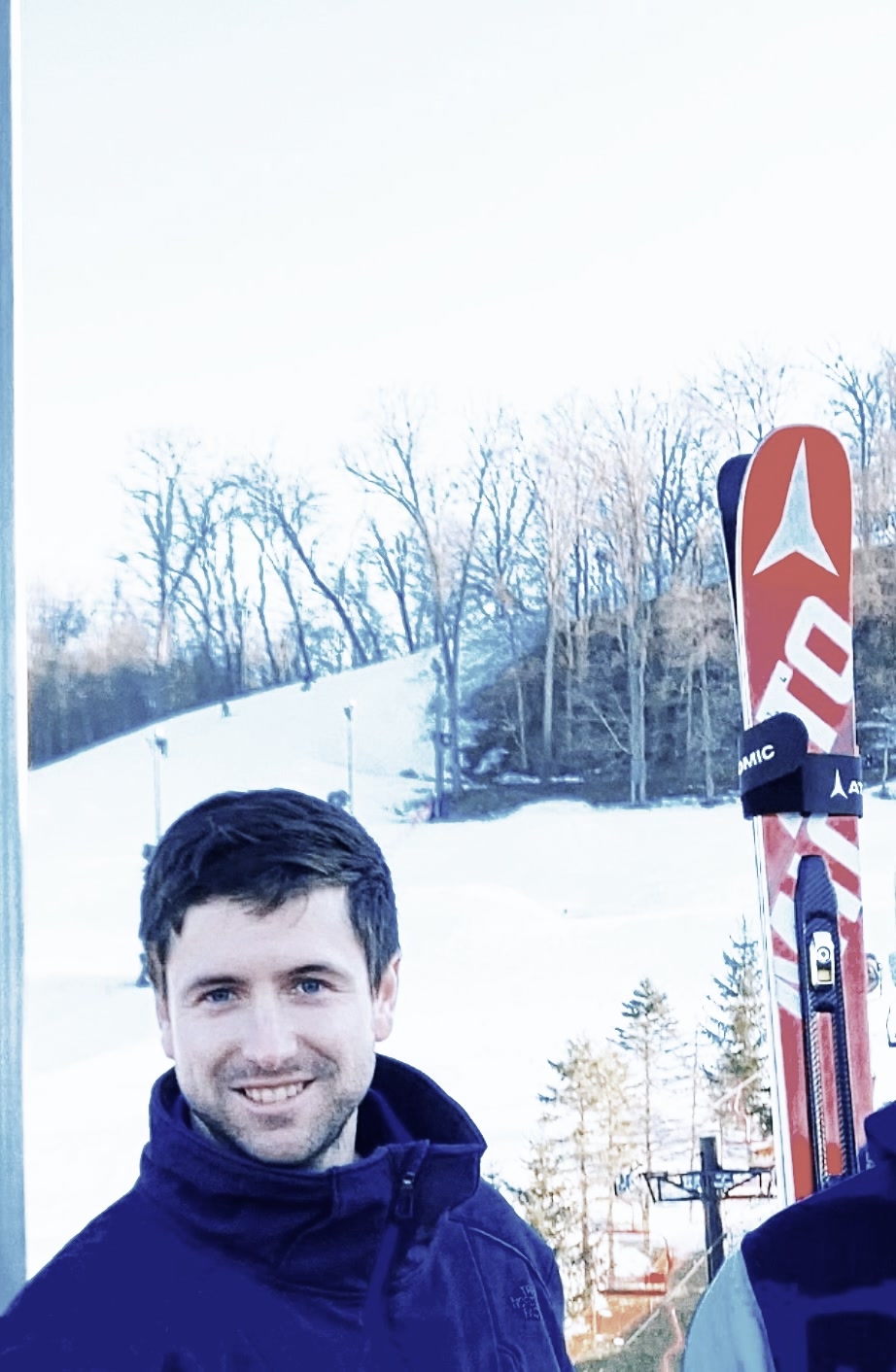You might be thinking engineering and skiing do not go together. This is exactly what I thought when I began my Speed Skiing career. I separated the areas into two parts of my life. Each had its own group of friends, area or place where I practiced, and occupied distinctly different times of my day and year. However, as I dove deeper into Speed Skiing and began to understand the sport and what it takes to compete at the highest level, I began to realize there was much more in common between the two.
Even in S2 (the feeder and development Speed Ski category at FIS level, which is practiced with standard alpine downhill equipment) and earlier on in my Speed Skiing career, I understood how my engineering knowledge and connections could help with equipment design and translate into better results in competitions. However in S2 most of the equipment is stock equipment, and while technical knowledge helps in application, there was less involvement in design.
Engineering plays a key role as I progress into S1, the elite Speed Ski category with competition at FIS and World Cup competition level that carries the Overall Speed Ski World Cup title. The majority of the equipment is custom and it takes technical knowledge and expertise to design. This transition provided me the opportunity to design the different aspects of my equipment setup and provide feedback to the various sponsors I have been working with. In addition, the time and resource commitment also increased. Instead of being solely a seasonal sport in the winter, a lot of time was spent in the summer and off season for prep work.
Some of the equipment I have been working on includes Atomic skis, bindings, and boots. Alignment and positioning work is required, as well as, tuning adjustments to produce the best results possible. Several other companies I have been involved with include KL dynamic which manufactures my Speed helmet, Jonathan and Fletcher clothing maker for the suit, Swix ski tuning manufacturer, and Arclite Optics for the helmet lenses. Each plays a vital role in the equipment setup and preparation process.
I have grown extensively in my knowledge in my first year but have also recognized there is much more room for improvement. As part of my engineering career, I have always focused on continuous improvement in processes and technology. The transition to S1 is just the beginning, and I look forward to more opportunities in the future to incorporate engineering into my Speed career.
As you can see, in all major pieces of equipment ample amounts of design, testing, and engineering are involved. Tweaking each of these has been an incredible experience. Change brings about opportunity and, in my case, taking a risk and pursuing Speed Skiing while incorporating my professional career as an engineer has paid off.
